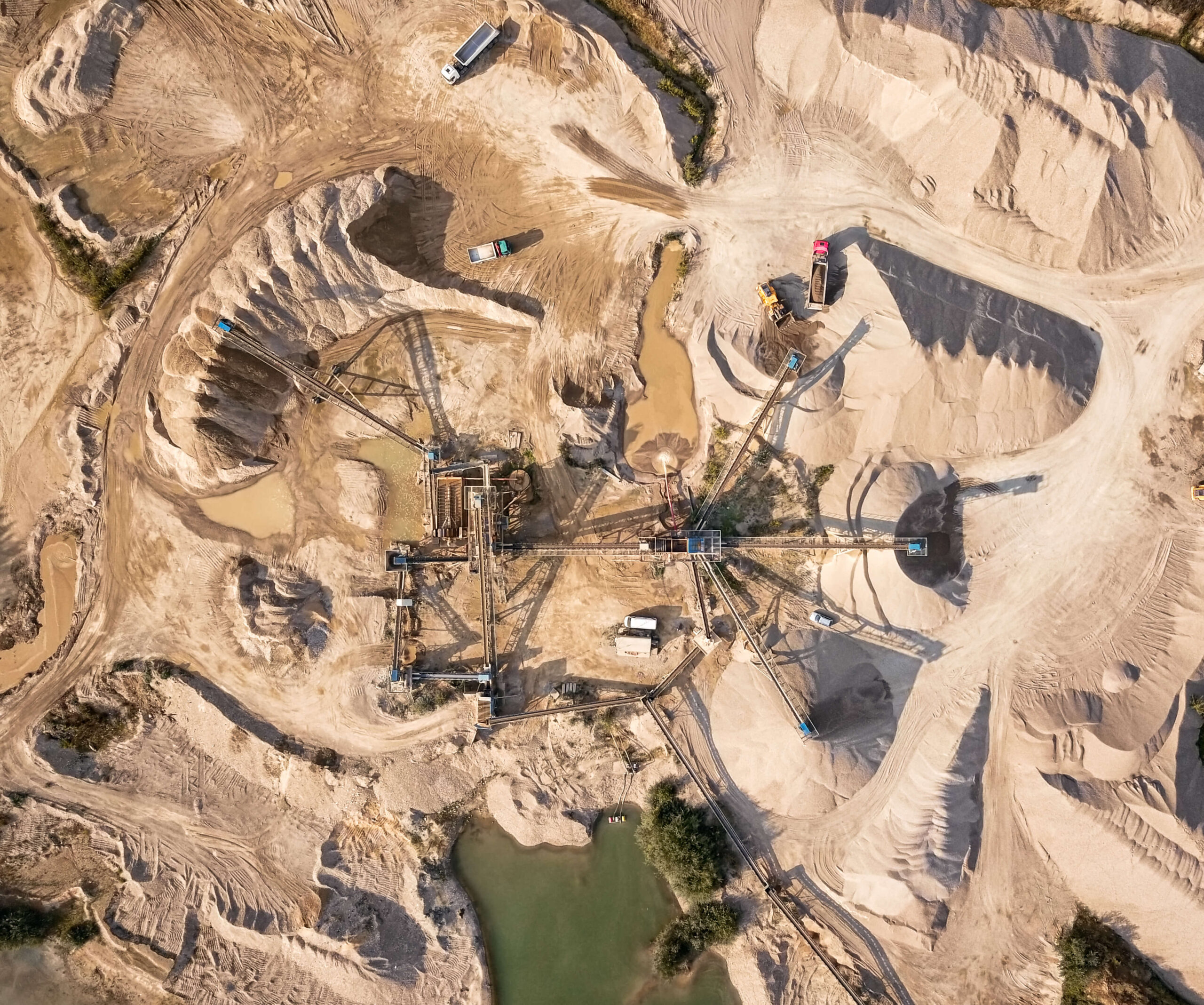The safety and health committee of the Nevada Mining Association (NMA) recently met with top Mine Safety and Health Administration (MSHA) officials to discuss the safety of Nevada’s underground and surface metal/nonmetal mining operations. Ogletree Deakins attended the meeting.
There were two presentations from MSHA related to underground and surface mining operations. Brian Goepfert, deputy administrator for metal and nonmetal, and Kevin Hirsch, acting district manager for the Western District, each presented on several topics, including ground control, fires, seatbelt usage, escape and evacuation plans, and powered haulage safety. They also answered questions from attendees. MSHA’s representatives expressly stated their desire to collaborate more with mining operators as well as the agency’s willingness to consider safety and health ideas from the NMA. In addition, they stated that MSHA will be kicking off a new initiative on February 4, 2019, regarding large- and small-vehicle collisions. It will be focused on sharing training materials and other best practices, but it will not call for targeted or programmed inspections.
Goepfert and Hirsch answered several questions related to the deployment of autonomous mining equipment in surface and underground mining operations. There is concern among NMA members that the lack of specific regulations related to autonomous equipment is leaving operators with no guidance on whether MSHA will enforce certain rules, such as having to chock the wheels of an autonomous vehicle, or whether a traditional pre-shift examination is required on a machine that conducts a self-diagnosis. MSHA representatives confirmed that unless there is a specific hazard to a miner who may be near the autonomous equipment, MSHA does not consider regulations that are ultimately tied to human safety to be applicable to such a situation. Essentially, MSHA’s position is that standards do not apply when there is no hazard to a human miner.
Hirsch indicated that the agency is learning and developing, and that it does not want to get in the way of employers deploying autonomous equipment that can reduce the risk of numerous hazards to humans. To that end, MSHA stated that the industry should not file petitions for modification of certain standards that apply, in MSHA’s view, only when a human is exposed to the risk identified in the standard. Moreover, a MSHA representative stated that operators do not have to file separate Mine IDs for every single piece of autonomous equipment. Further, he stated that if a field office issues a citation related to autonomous vehicle usage where such citation references a standard that is not applicable, MSHA will provide direction that the field office refrain from issuing that citation and that operators should reach out to district managers when necessary so they can intervene.
Finally, MSHA confirmed that it does not presently intend to deploy drones for the purpose of conducting inspections. While its technical support division has a drone for use when needed, as of right now, the agency does not intend to use it regularly.
Ogletree Deakins will continue to stay on top of the latest developments in this area. Our mine safety and health attorneys have worked to develop a deep understanding of the unique safety issues related to the deployment of autonomous mining equipment.



